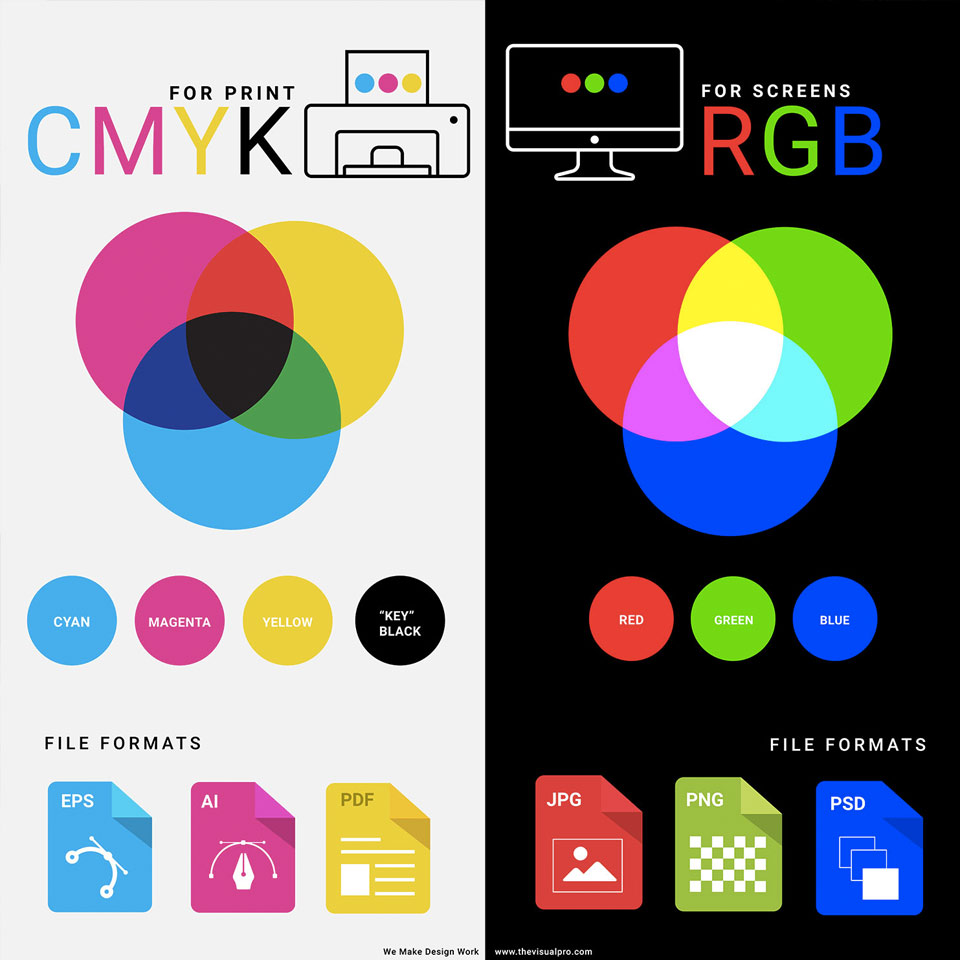07 Envases Flexibles
? Barrier Materials Comparison Table (with Typical Thicknesses)
Material O₂ Barrier Moisture Barrier Aroma Barrier Sealability Typical Thickness Notes / Applications LDPE ❌ Very Poor ✅ Good ❌ Poor ✅ Excellent 20–60 µm Common inner sealant; used in sugar sticks, sachets, pouches HDPE ⚠️ Fair ✅✅ Excellent ⚠️ Fair ⚠️ Moderate 15–50 µm Good moisture barrier; stiffer and less common in flexibles BOPP ⚠️ Fair ✅ Good ⚠️ Fair ⚠️ Moderate 15–30 µm Often used as print web; can be laminated with metBOPP or sealant CPP ⚠️ Fair ✅ Good ⚠️ Fair ✅ Good 20–60 µm Sealable film; used as inner web or in retort structures BOPET (PET) ✅ Good ⚠️ Moderate ✅ Good ❌ Needs sealant 12–23 µm Structural layer; good O₂ barrier, poor moisture unless metallized MetBOPP ✅ Good ✅ Good ✅ Good ⚠️ Needs sealant 15–25 µm Barrier + aesthetic layer; popular in snacks, dry foods MetPET (Alu-PET) ✅✅ Very Good ✅ Good ✅ Good ❌ Needs sealant 12–23 µm (PET base) Metallized PET used in coffee, powdered milk, tea packaging EVOH ✅✅ Excellent ❌ Poor ✅ Excellent ❌ Not sealable 3–15 µm (coextruded) High O₂ barrier; needs moisture protection from PE/PP layers PVDC ✅✅ Excellent ✅✅ Excellent ✅✅ Excellent ⚠️ Variable 3–10 µm (coated or coextruded) High barrier but concerns over recyclability and chlorine content Aluminum Foil ✅✅✅ Absolute ✅✅✅ Absolute ✅✅✅ Absolute ❌ Not sealable directly 6.3, 9, 12, 18, 20 µm Used in pouches, pharma, coffee, retort; brittle under stress if thin Generacion de color: la Cuatricromía del CMYK le "saca" colores a la luz al reflejarse en los pigmentos impresos.

